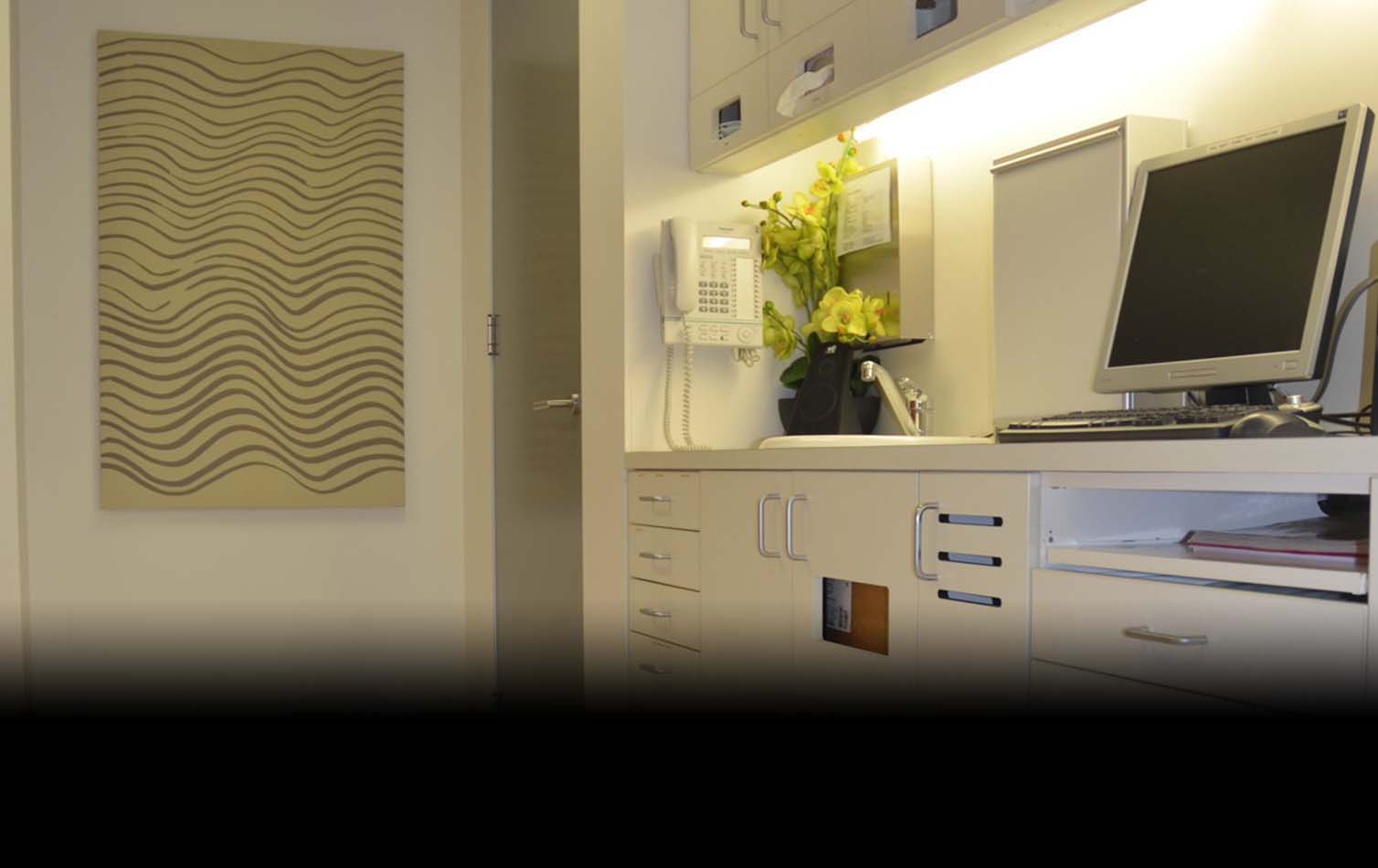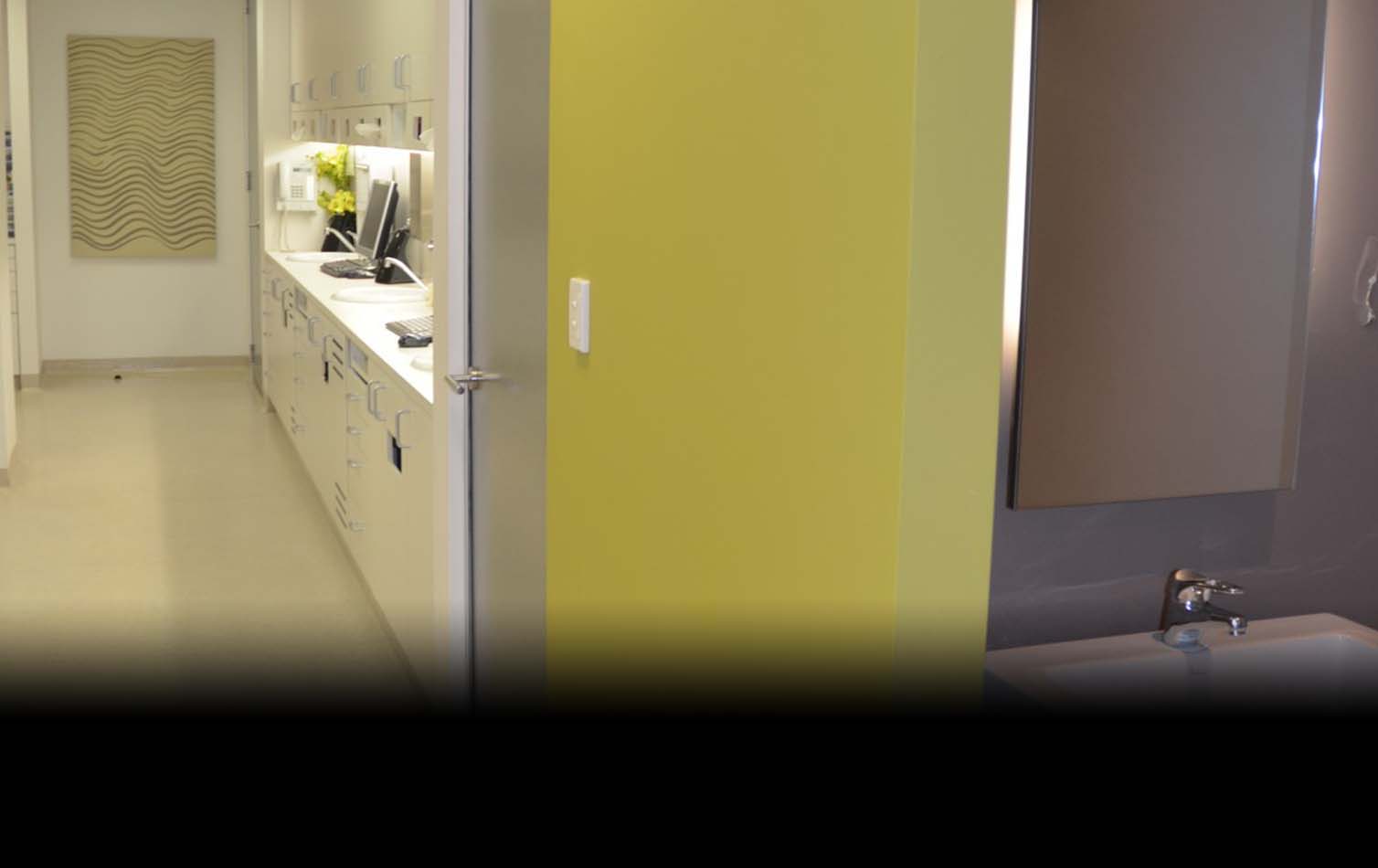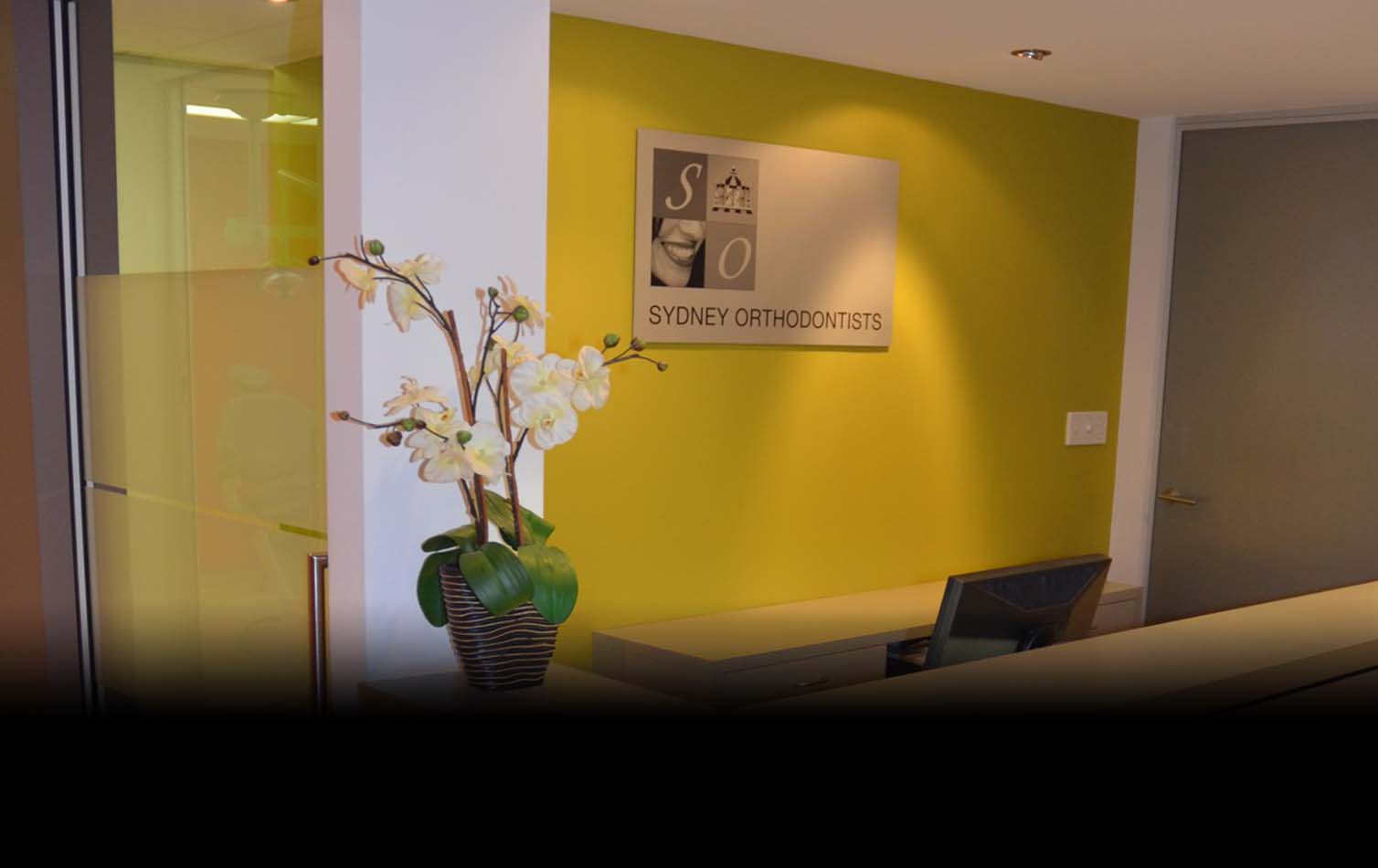
The Australian and American Society of Orthodontists recommends that all children have an orthodontic screening no later than age 8. An orthodontic evaluation at any age is advisable if a parent, dentist or the physician has noted a problem. Some orthodontic problems may be easier to correct if treated early. Waiting until all the permanent teeth have come in, or until facial growth is nearly complete, may make correction of some problems more difficult.
Orthodontic problems are usually apparent by the age of seven, when most of the adult front teeth have erupted. However, your dentist may detect an orthodontic problem earlier.
Early examination allows the orthodontist to detect and evaluate problems and to plan an appropriate treatment schedule.
Early treatment may prevent more serious problems from developing or make treatment at a later age shorter and less complicated. Early treatment may also achieve results that are not possible once the face and jaws have stopped growing.
In most cases, orthodontic treatment is commenced as soon as the last baby tooth has been shed. This usually occurs in the early teens. In some cases, it is an advantage to start just before the last baby teeth are shed.
In the past, orthodontic treatment was generally restricted to children. However, the basic process involved in moving teeth is the same at any age and orthodontic treatment is also successful for adults.
Because an adult’s facial bones are no longer growing, some severe malocclusions cannot be corrected with braces alone. In such cases, orthodontic treatment combined with jaw surgery can achieve dramatic improvements.
CLICK TO DOWNLOAD
EARLY ORTHO CHECK AND PROBLEMS PDF
ADULT PROBLEMS PDF













